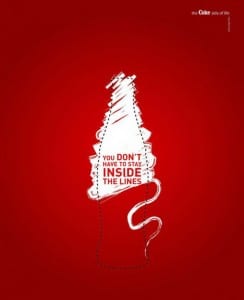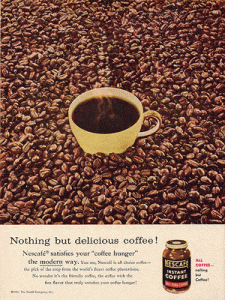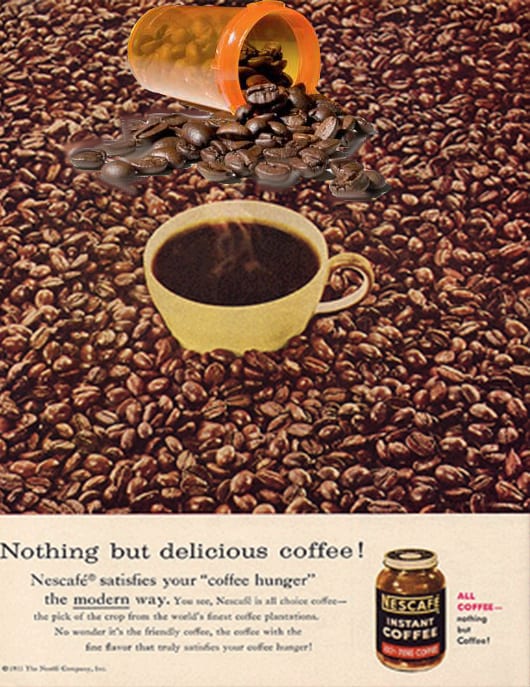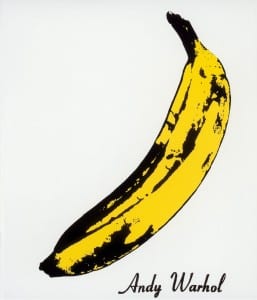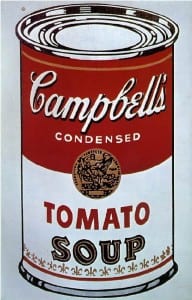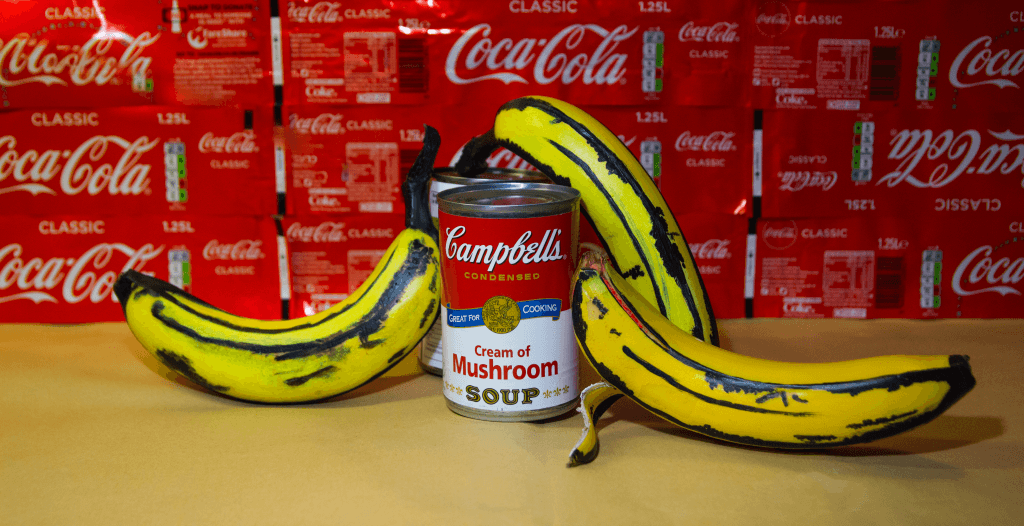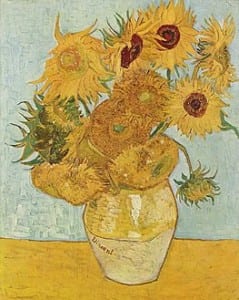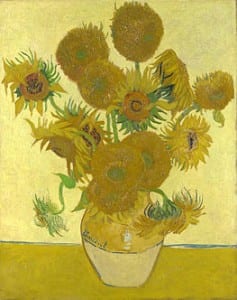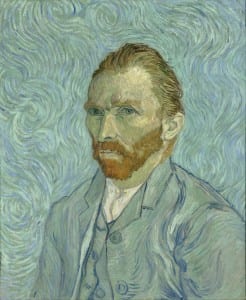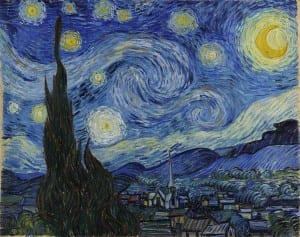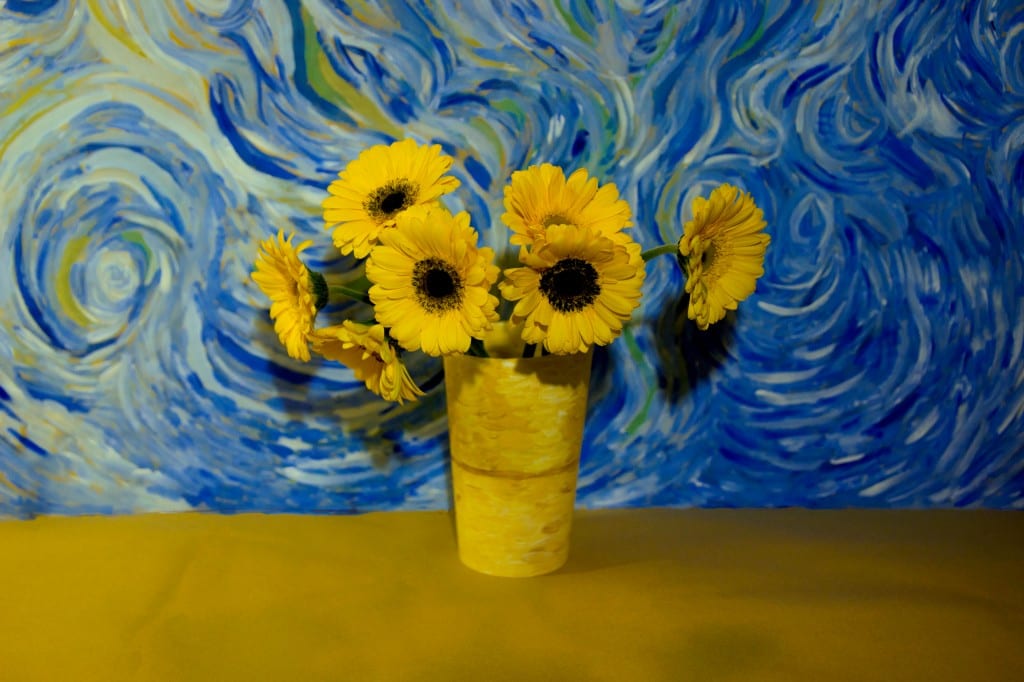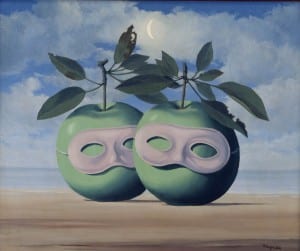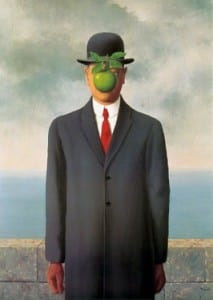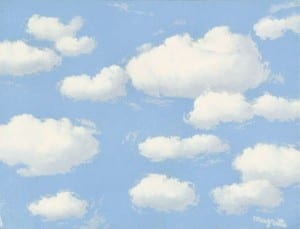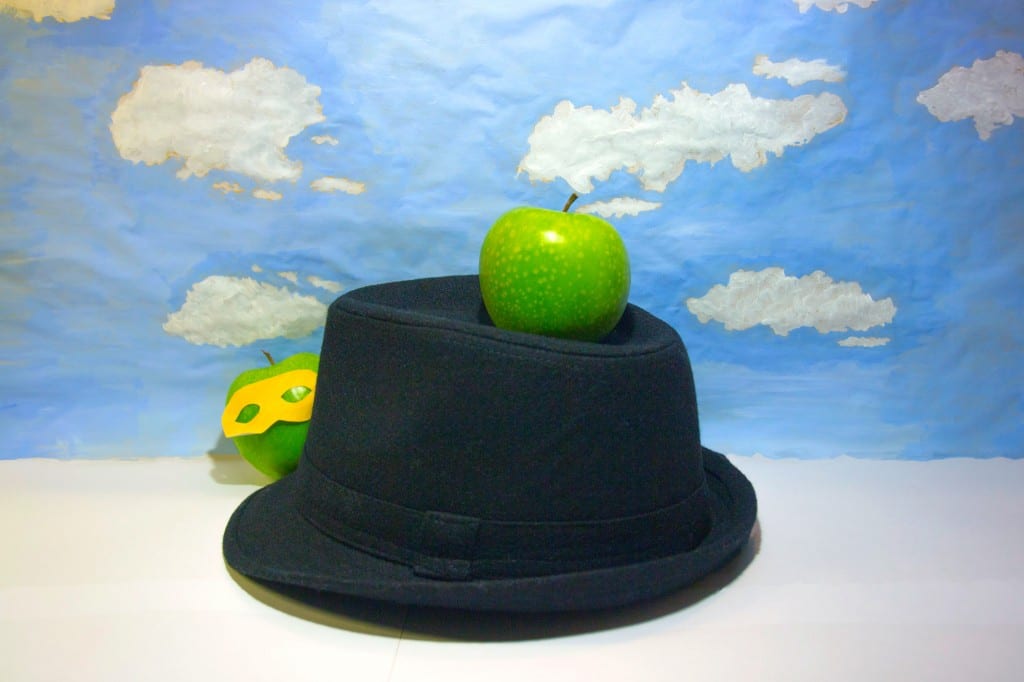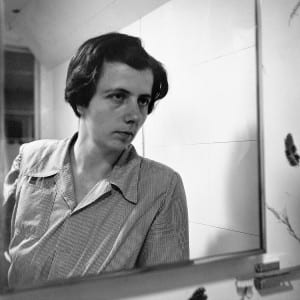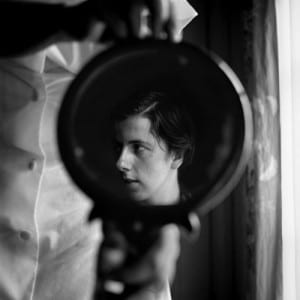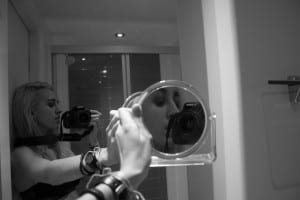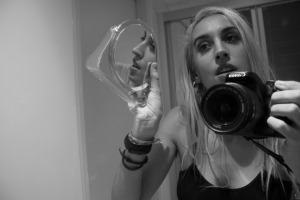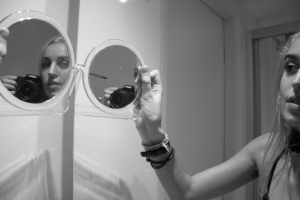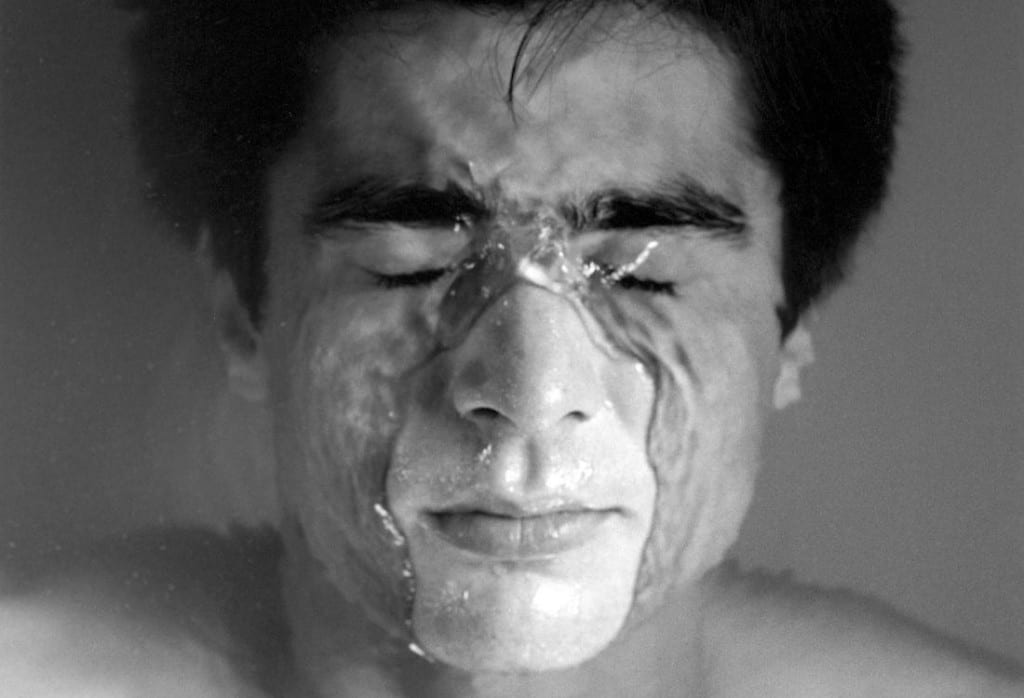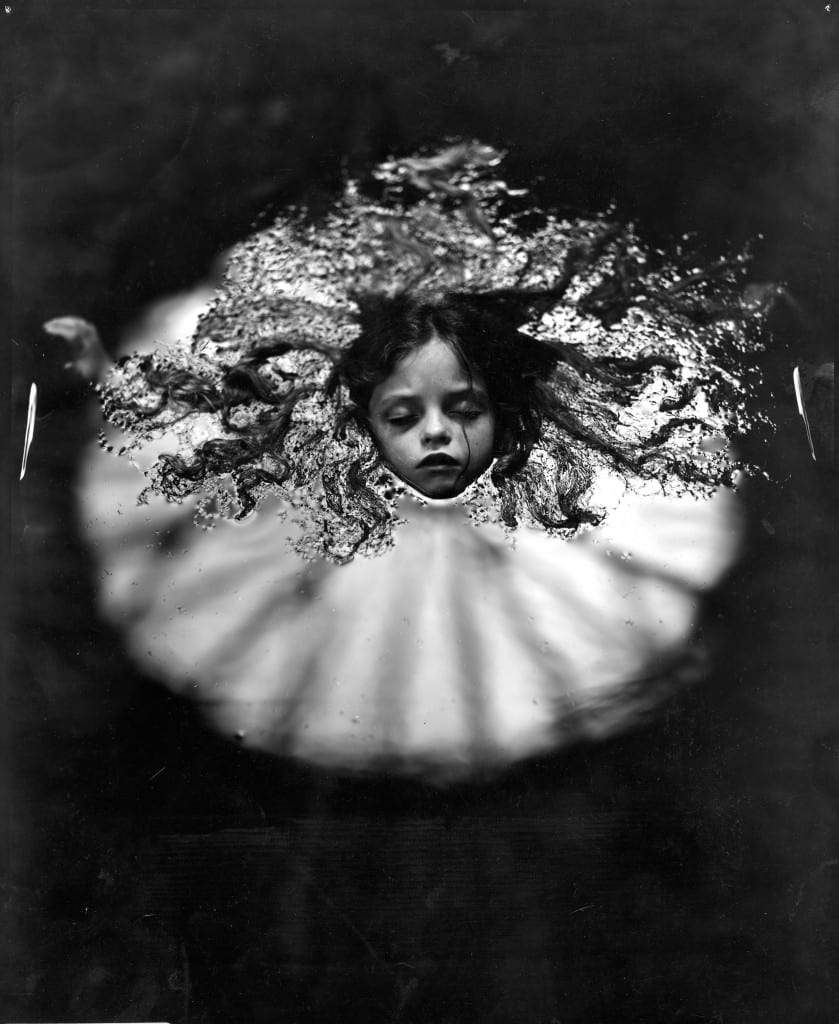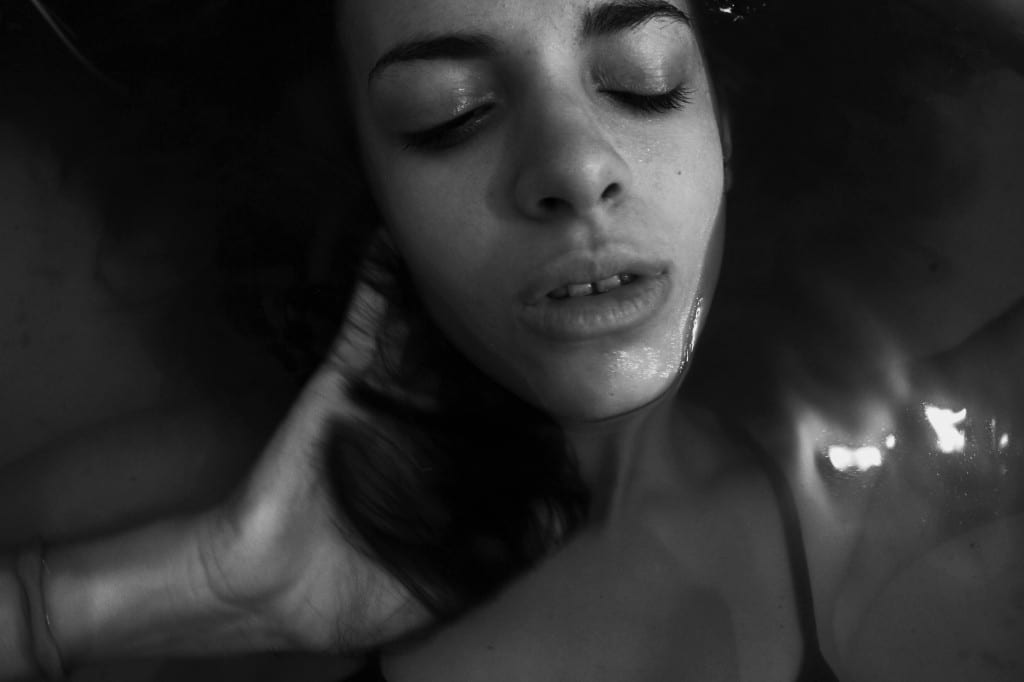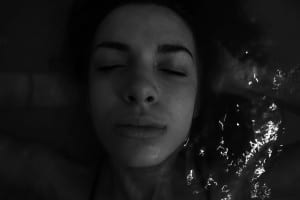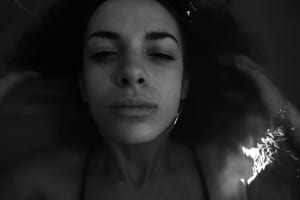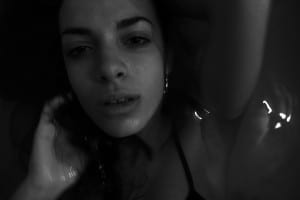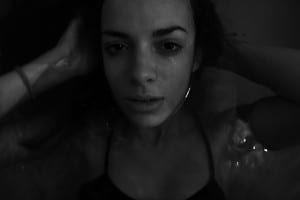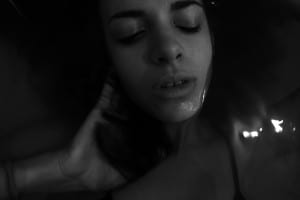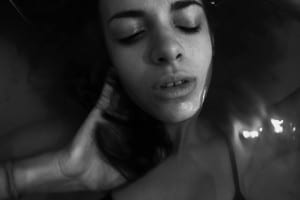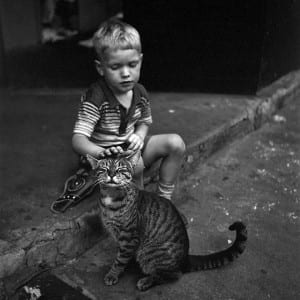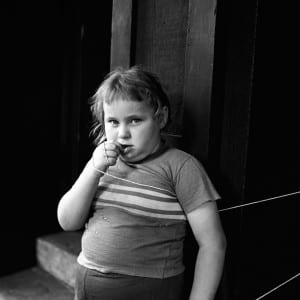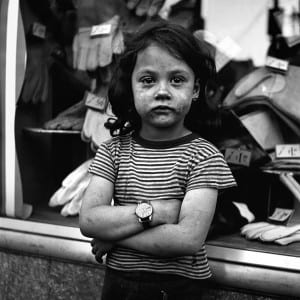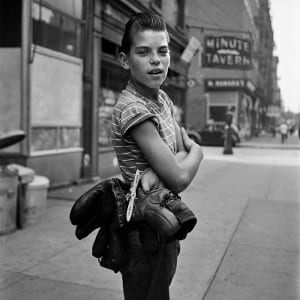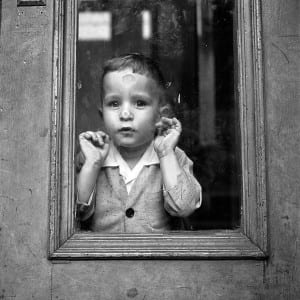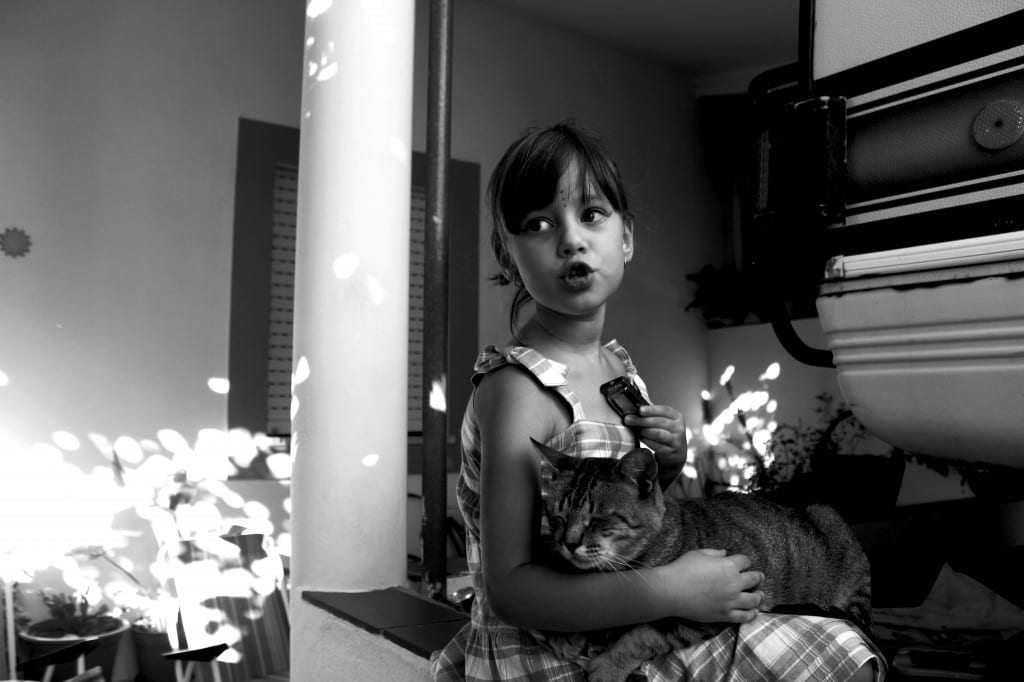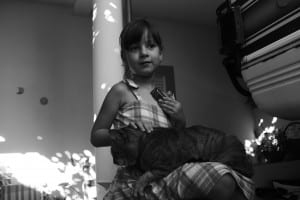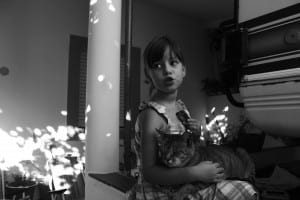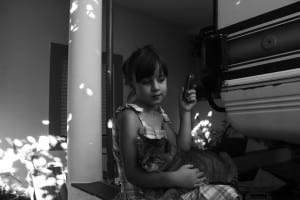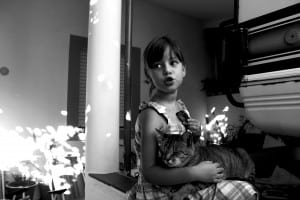The Notion of Home
A series of images based on the subjective reading of the word ‘home’.
In a subjective question, we as photographers must search within our core and trust our instincts. In a brief that touches the personal aspect of the meaning of home, we should embrace what that word truly means to us. ‘Home’, what is it? Home can be many things and when approaching this subject the physical aspect of a home is not a necessity or our only synonym of its significant. Home as a physical structure stays within the surface of what that meaning really has on one’s soul. It can go beyond the material, beyond the facet and ultimately beyond the surface.
We can find this approach on the work of LaToya Ruby Frazier and the collective work by the Amber Online Collection.
There was a need to explore the notion of family and the way that those bonds can mean a home to us. The key of familiarity allows us to manifest this notion of domestic affections. Those are first and foremost our haven. Family is where everything starts and ends. Ties that permit the construction of a home, a place that materializes that very meaning of home. A place where something flourishes. A life, a story. The people in it.
The Notion of Family
In ‘The Notion of Family’ by LaToya Frazier she captivatingly “set her story of three generations—her Grandma Ruby, her mother, and herself—against larger questions of civic belonging and responsibility. The work documents her own struggles and interactions with family.”
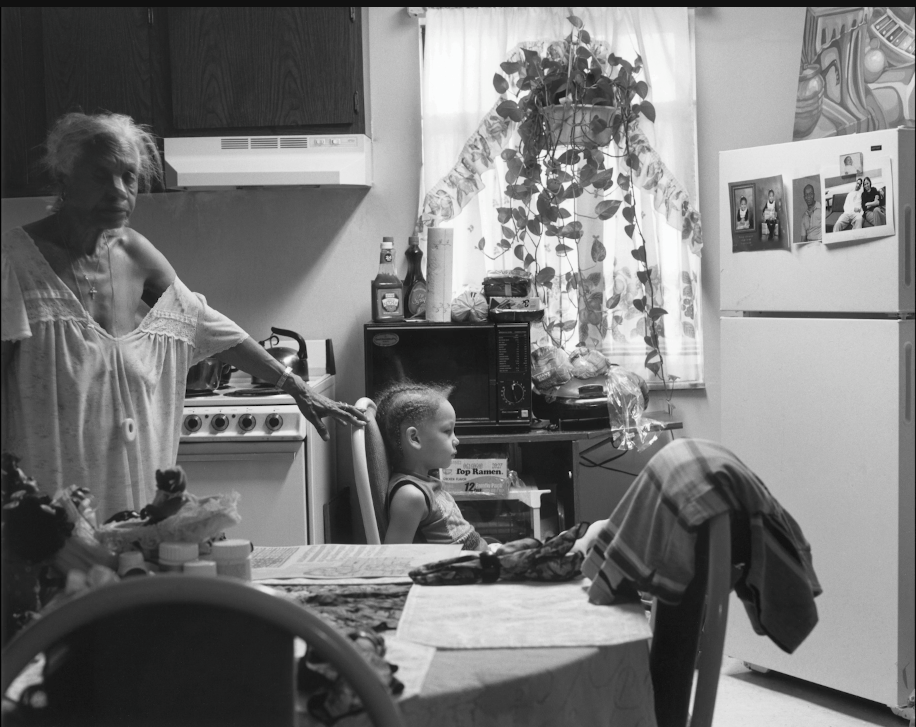
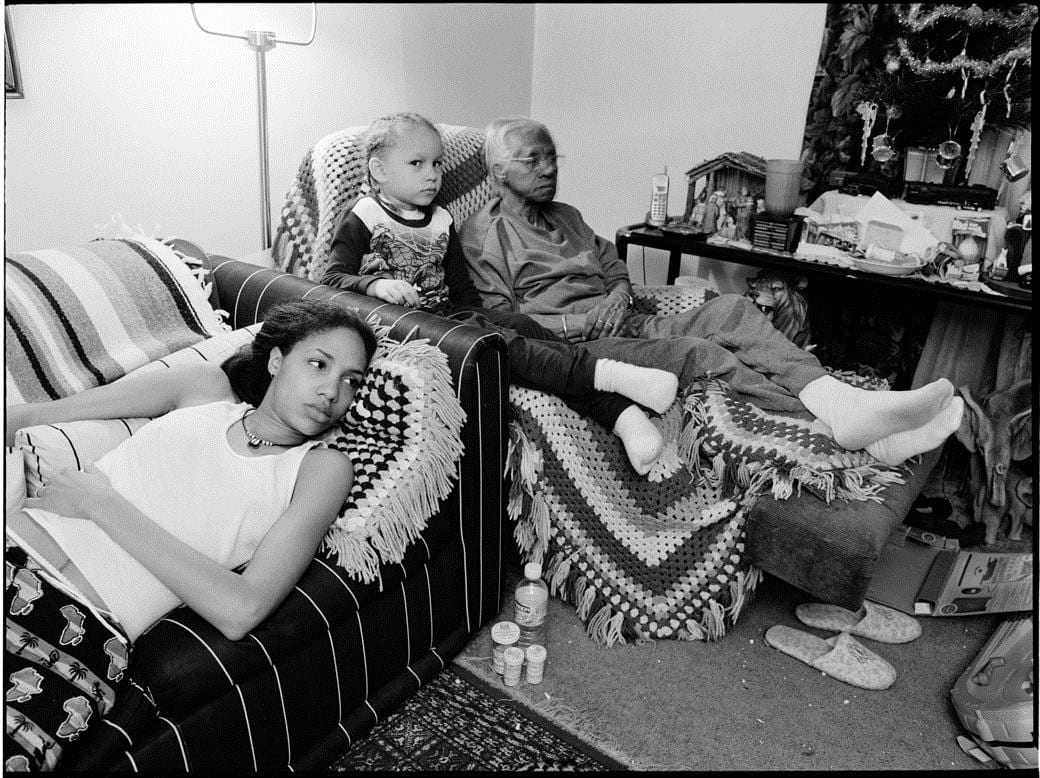
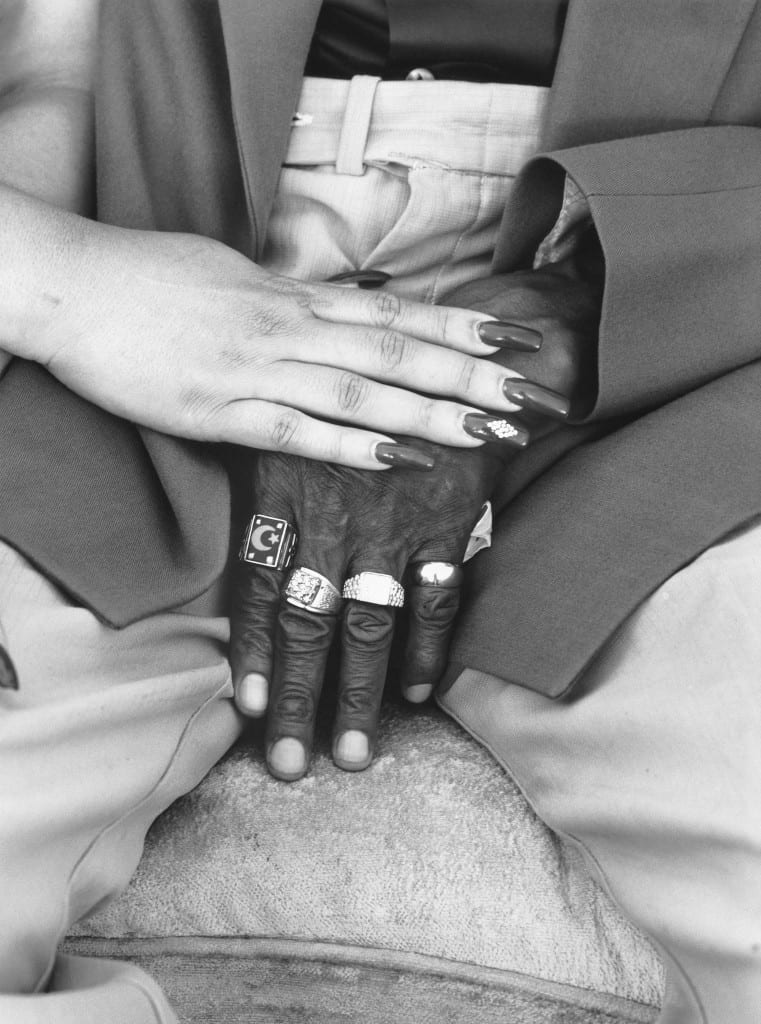
LaToya Frazier brings the rawness and honesty with the participation of her family. The presence of ‘the mother’ as a subject in this piece turns this notion of family as genuine as you can get. Taking a documentarian approach to it.
As Frazier says, her mother is “coauthor, artist, photographer, and subject. Our relationship primarily exists through a process of making images together. I see beauty in all her imperfections and abuse.”
Frazier strengthens the idea of rearranging the traditional atmosphere of family and community by transforming a new capsule of image making and setting a dialogue by narrating her own notion of family.
The Amber Online Collection
In this work the relationship between mother and daughter are explored, being documented between the early and mid-1980s. The setting environment was a dancing school in North Shields.
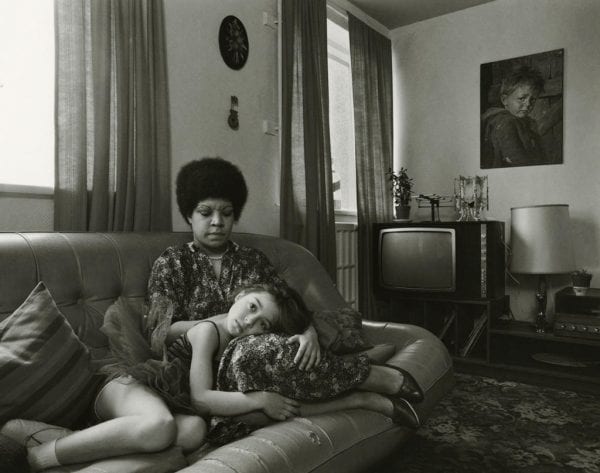
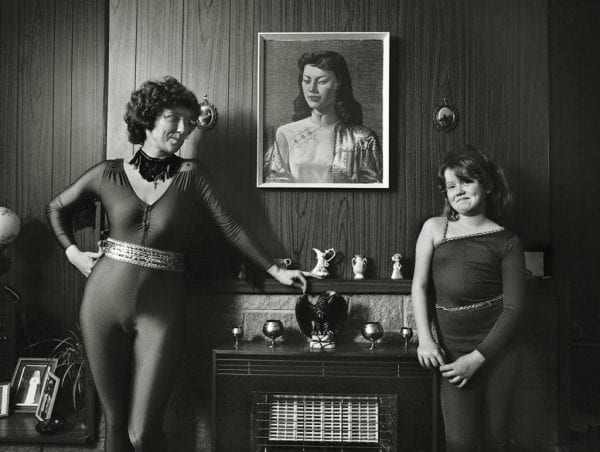
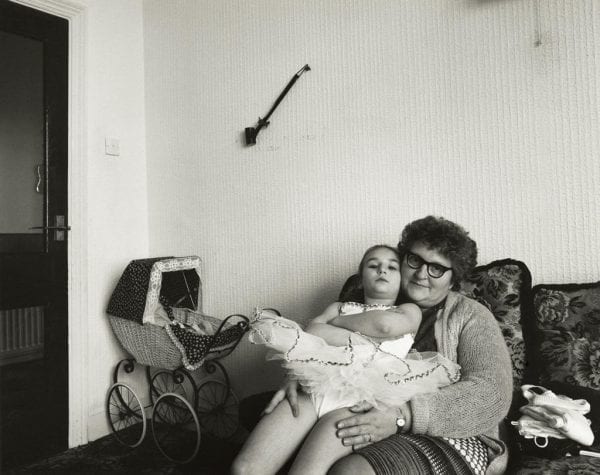
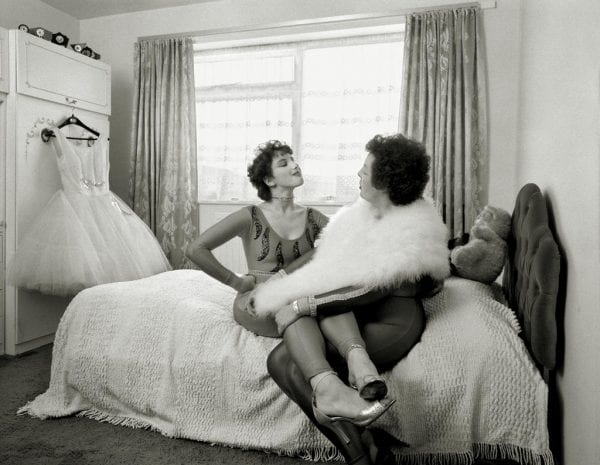
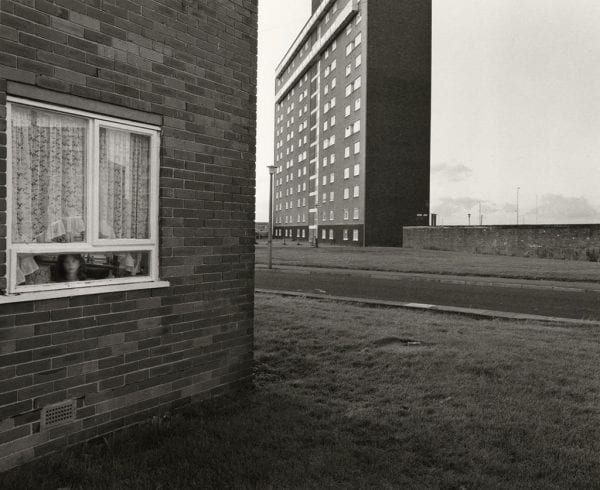
This series of images show a celebration as a female community comes together. Through these relations between the subjects we get the sense of realism and uncomplicatedness combined with a harmonic romanticism where everything finds its right place.
What really captures the viewer is those relationships that are portrayed. The belonging feeling and the sense of togetherness is mesmerizingly candid and captivating. There is this sense of home and intimacy.
You are here
To fulfil this brief in its essence is required to find that notion of home and family within ourselves. What does it really mean to us? It is a personal task and because of that subjectivity, the right answer was to follow one’s gut feeling. Each photograph in the series should click within us: that is home, as we know it to be. At least a representative part of it.
1 – Hometown Glory

Just like in the last photograph of the ‘Amber Online Collecction’ there is this need to pinpoint the series in terms of location. An outside looking in.
In ‘Hometown Glory’ the aiming was to capture the mood of home inserted in the perspective of a town. The urban aspect of it. The outside where it lives as well.
2 – Front Door
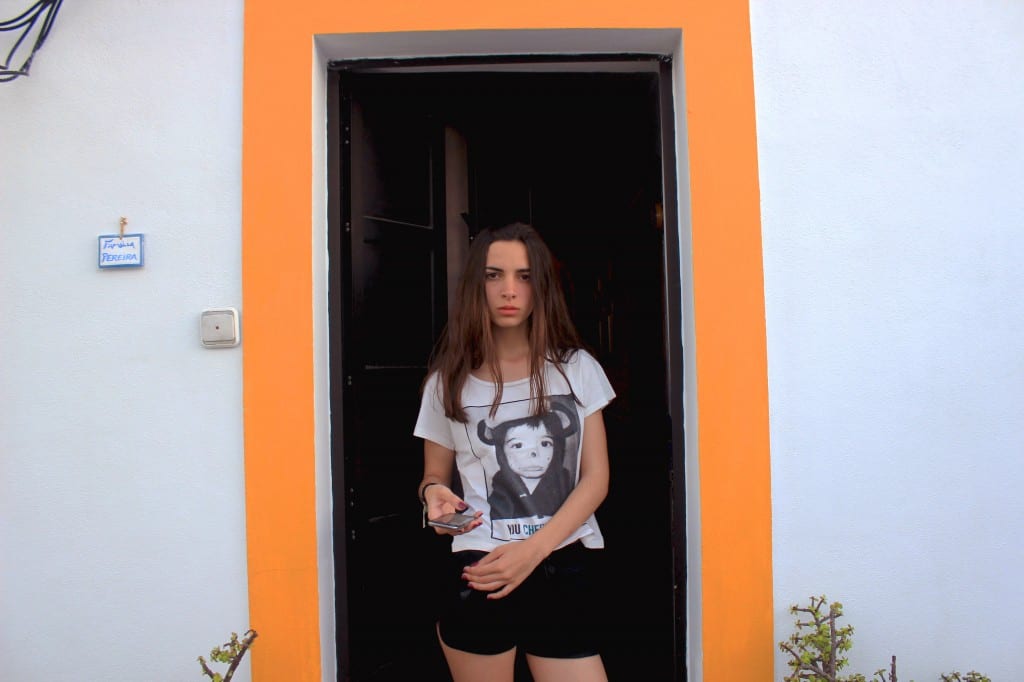
As a way of getting more deep in this understanding of home, the front door represents the invitation to come inside. As an analogy, it is the frame of the whole picture. Signifies the real essence of the feeling of coming home. The door is what lets us break through to the other side. Meeting the front door is our way to get inside.
3 – Mother’s Chest
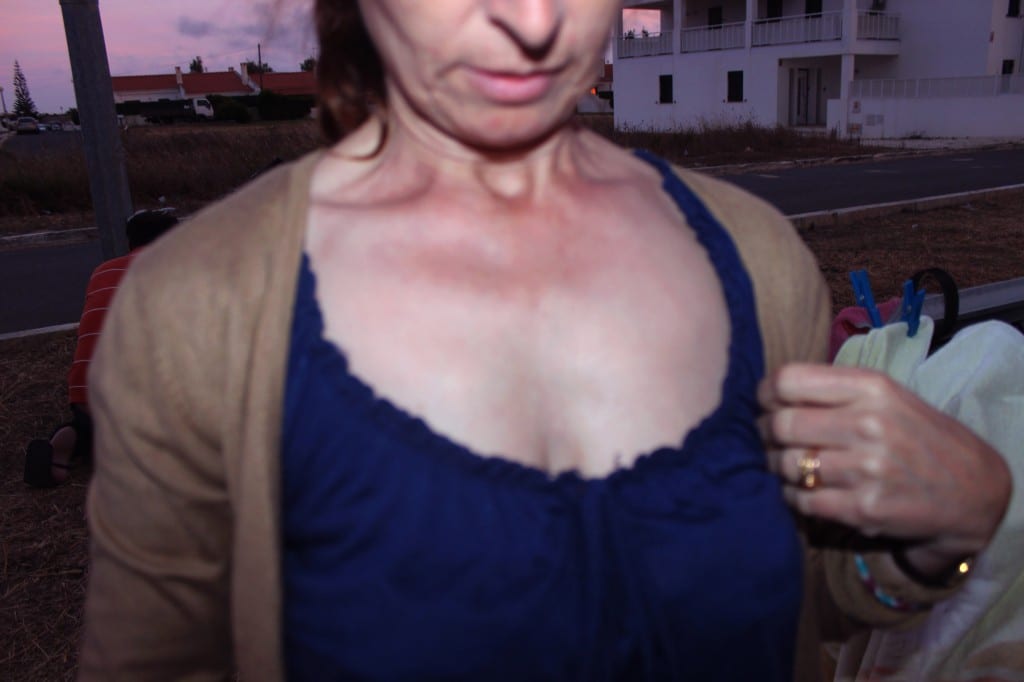
If home is something that can be found within people, our closest relatives hold a important significance in that sphere. Exploring the notion of family and the relationship between mother and daughter is the one that can drive a very intimate portrait of one’s home. In a different approach of this notion we can go as far as take an isolate part of them. A part that signifies a particular aspect of that close relationship. Their eyes, their cheeks, their arms. Each of these elements have a specific feeling connected to them. In this case, ‘Mother’s Chest’ evokes even more the maternal characteristic related to the mother figure.
4 – Family is Home

To feature a more nuclear centered piece related to the notion of family, the main family unit should be portrayed. Aiming to represent a unity, a closeness that is unspoken but rather felted, almost like the harm feeling of being home and being part of something. Something that it can’t be described but mostly experienced and it comes completely innate. A native conjuring of family. A home within this sentiment is something that cannot be despised when reading the meaning of the word.
5 – A Place of Origin
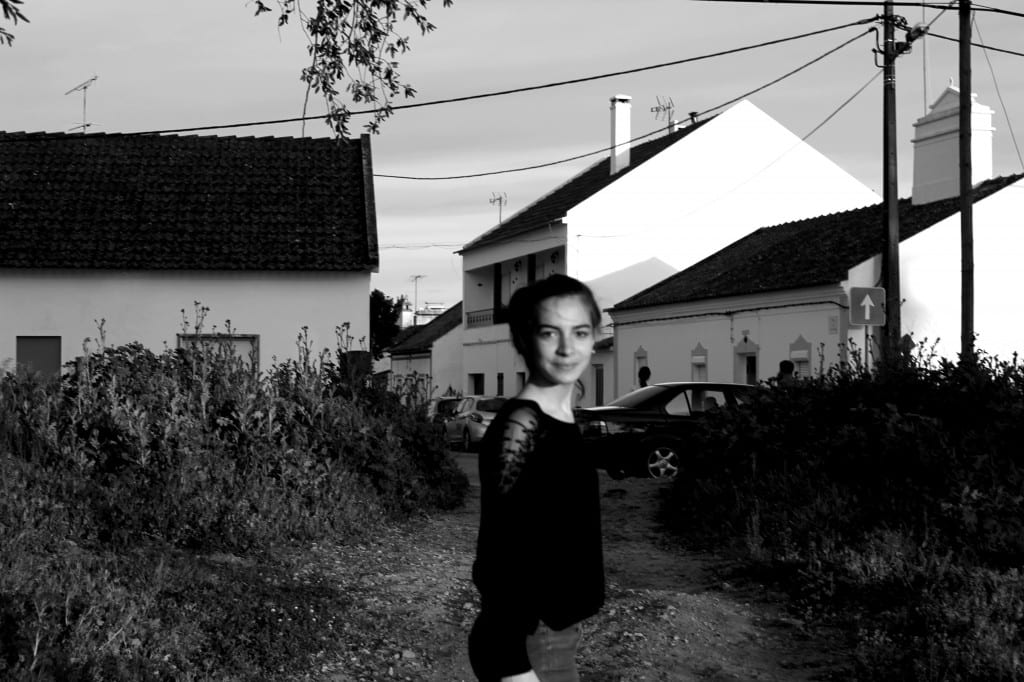
The three final photographs of this series are set apart. The goal was to go even more into the fundamental. The core of what home is and when did in all started. Going back and remembering the first time we could identify a feeling of home. To accomplish that we go back in time, to our childhood. To represent this idea of the embodiment of the past, the photographs are set in black and white. To also achieve the past as a mood, there is a certain blurriness about the person against a more clear but intriguing background. That can represent in a way this idea of being a ghost. A place that is a part of one’s development but more faded into a memory rather that something belonging to a ‘right now’. Growing up with your grandparents, having the street where you grew up showed, just to realize that it is one of your first known scenario. A very first home. The first place that we belong. A valued place regarded as a refuge or a place of origin.
6 – Two Mothers = Two Homes
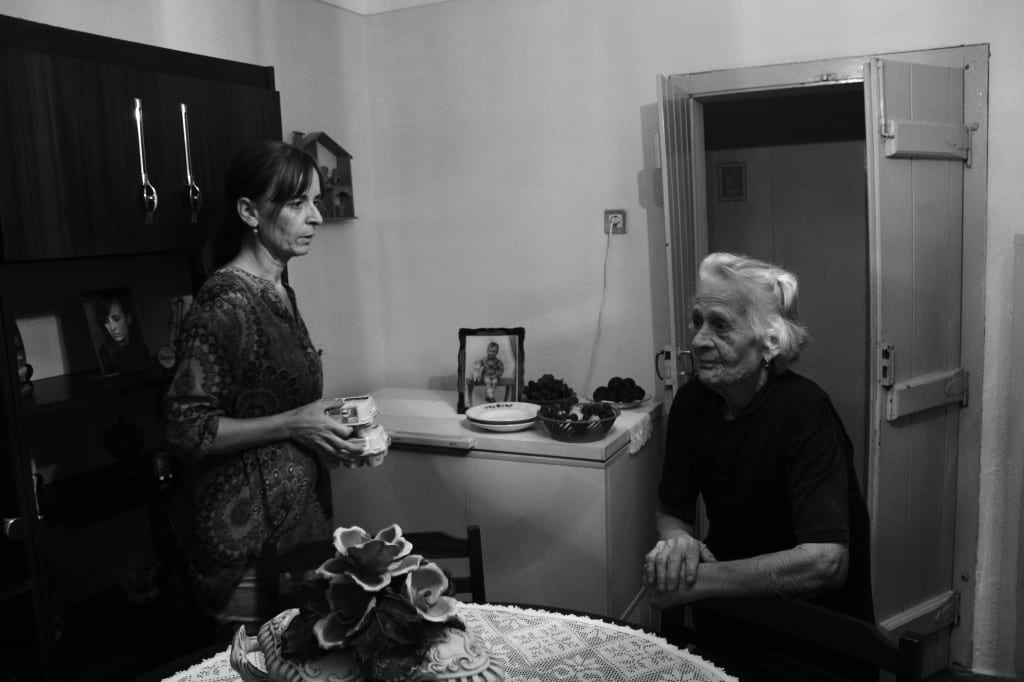
Still in the ‘past’ we go inside to get closer. There is again the relationship between mother and daughter, but now we set the story of three generations. A story that visually starts with the interaction between subjects and the environment around them, but also what they represent when telling about what ‘home’ is. There is this harmony with the surroundings. It’s intertwined with the subject matter. The environment has some little displays of memories. The old photographs in the image telling again the tale of the past. In a small detail, but an important one, behind the mother there is this old photograph of when she was younger. Not only this image represents home subjectively to the author but also for the subjects in it. Home is those small interactions that signify this mundane that we are used to. Those usual settings. Holding two egg boxes, maybe talking about it. Those little exchanges set the mood of the social unit. Feels accurate, as close as you can get of having a visual document of one’s subjectivity notion of family. Home is exposed here. It relates to two mother figures. It’s home because is the very instinctive. Is what you know it to be.
7 – Grandma’s Hand
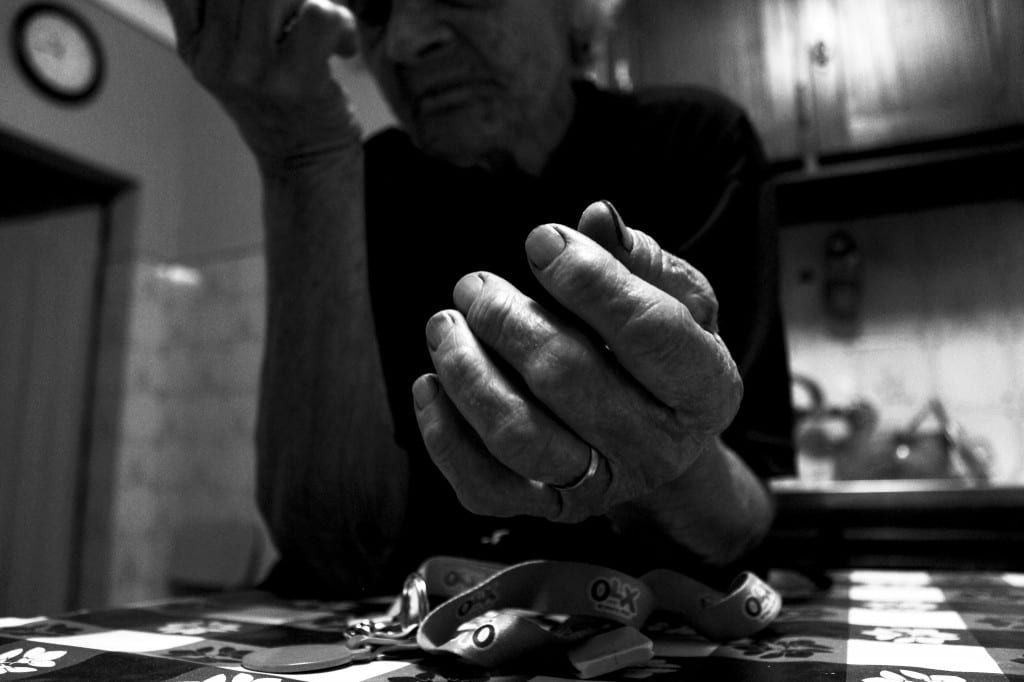
As a final piece, a detail is depicted. If home is where the heart is, then it can be, symbolically, in your grandma’s hands. Again, having a detail of a feature, gives the subject a specific meaning. Being raised by your grandmother, her hands suggest the ‘feeling of being taking care of’. In a very intuitive and instinctual way, that is what home is. It ends as it arrives to its destination, like a journey that we are taking towards finding the very truth behind what home means.
